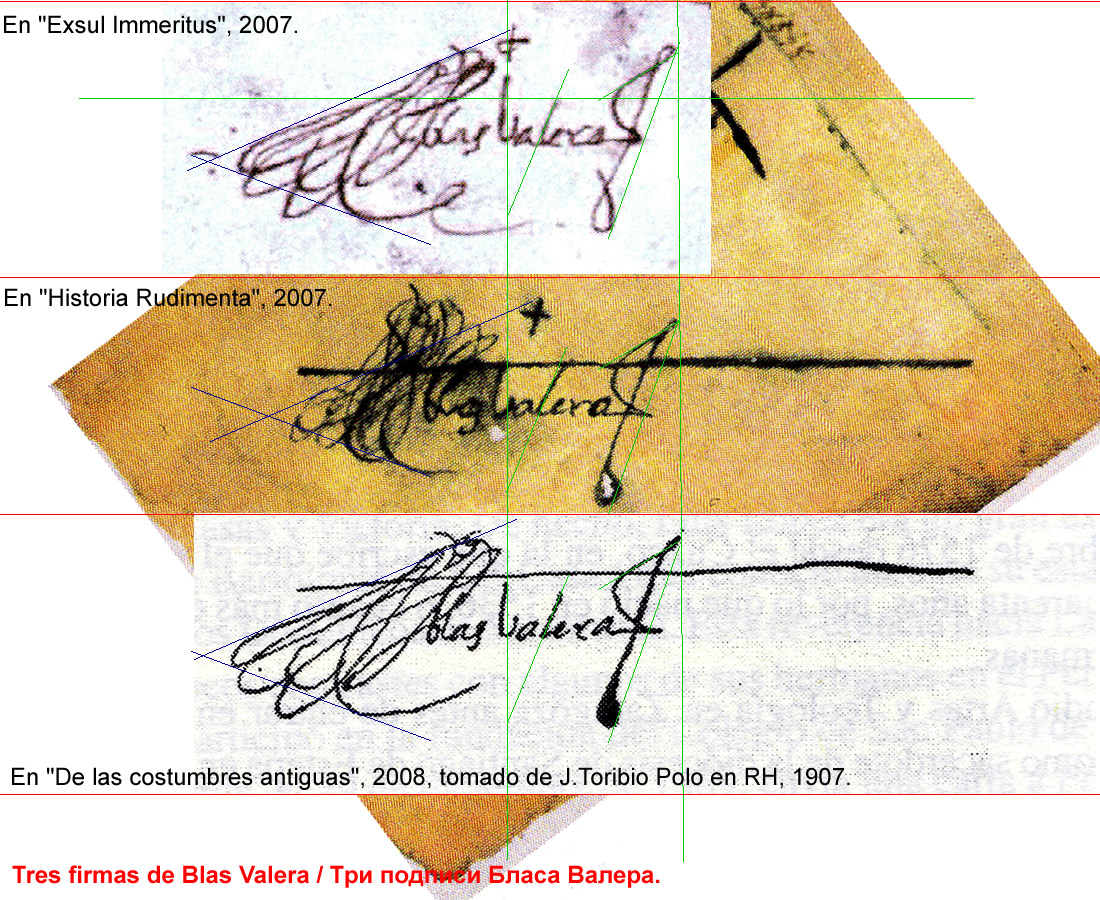|
Alonso De Alvarado
Alonso de Alvarado Montaya González de Cevallos y Miranda (1500–1556) was a Spanish conquistador and knight of the Order of Santiago. He was born at Secadura de Trasmiera.Leon, P., 1998, The Discovery and Conquest of Peru, Chronicles of the New World Encounter, edited and translated by Cook and Cook, Durham: Duke University Press, After a period in Mexico under the orders of Hernán Cortés, he joined the campaign of Francisco Pizarro. He went to Peru with his uncle Pedro de Alvarado in search of gold in 1534. There he fought against the armies of Manco Inca Yupanqui that were besieging Lima in 1536, against Diego de Almagro in 1537 and at the Battle of Las Salinas in 1538. He later fought at Chupas and Jaquijahuana. While charged by some contemporaries with avarice and cruelty, it is undeniable that during the period of civil wars in Peru (about 1537 to 1555) Alvarado was an unflinching and determined adherent to the interests of the Spanish crown. He always side ... [...More Info...] [...Related Items...] OR: [Wikipedia] [Google] [Baidu] |
Trasmiera
Trasmiera ( Spanish: ''Trasmiera''; Cantabrian and historically: ''Tresmiera'') is a historic '' comarca'' of Cantabria ( Spain), located to the east of the Miera River (''tras'' Miera, meaning behind Miera, from the point of view of Asturias de Santillana), reaching the western side of the Asón. It extends between the bays of Santander and Santoña, occupying most of the Eastern seaboard of Cantabria. This piece of coast is known for its cliffs and fine beaches, such as those of Langre, Loredo, Isla, Noja and Berria. Towards the interior, the ''comarca'' offers large prairies as well as considerable hotel and camping development. Municipalities Trasmiera is composed of the 19 municipalities of Argoños, Arnuero, Bárcena de Cicero, Bareyo, Entrambasaguas, Escalante, Hazas de Cesto, Liérganes, Marina de Cudeyo, Medio Cudeyo, Meruelo, Miera, Noja, Ribamontán al Mar, Ribamontán al Monte, Riotuerto, Santoña, Solórzano and Voto. Their areas and populations are as ... [...More Info...] [...Related Items...] OR: [Wikipedia] [Google] [Baidu] |
Inca
The Inca Empire (also known as the Incan Empire and the Inka Empire), called ''Tawantinsuyu'' by its subjects, ( Quechua for the "Realm of the Four Parts", "four parts together" ) was the largest empire in pre-Columbian America. The administrative, political and military center of the empire was in the city of Cusco. The Inca civilization arose from the Peruvian highlands sometime in the early 13th century. The Spanish began the conquest of the Inca Empire in 1532 and by 1572, the last Inca state was fully conquered. From 1438 to 1533, the Incas incorporated a large portion of western South America, centered on the Andean Mountains, using conquest and peaceful assimilation, among other methods. At its largest, the empire joined modern-day Peru, what are now western Ecuador, western and south central Bolivia, northwest Argentina, the southwesternmost tip of Colombia and a large portion of modern-day Chile, and into a state comparable to the historical empires of Eura ... [...More Info...] [...Related Items...] OR: [Wikipedia] [Google] [Baidu] |
Marshal
Marshal is a term used in several official titles in various branches of society. As marshals became trusted members of the courts of Middle Ages, Medieval Europe, the title grew in reputation. During the last few centuries, it has been used for elevated offices, such as in military rank and civilian law enforcement. In most countries, the rank of Field marshal, Marshal is the highest Army rank (equivalent to a five-star General of the Army (United States), General of the Army in the United States). Etymology "Marshal" is an ancient loanword from Norman language, Norman French (cf. modern French ''maréchal''), which in turn is borrowed from Old Frankish *' (="stable boy, keeper, servant"), being still evident in Middle Dutch ''maerscalc'', ''marscal'', and in modern Dutch ''maarschalk'' (="military chief commander"; the meaning influenced by the French use). It is cognate with Old High German ' "id.", modern German ''(Feld-)Marschall'' (="military chief commander"; the mea ... [...More Info...] [...Related Items...] OR: [Wikipedia] [Google] [Baidu] |
Charles V, Holy Roman Emperor
Charles V, french: Charles Quint, it, Carlo V, nl, Karel V, ca, Carles V, la, Carolus V (24 February 1500 – 21 September 1558) was Holy Roman Emperor and Archduke of Austria from 1519 to 1556, King of Spain ( Castile and Aragon) from 1516 to 1556, and Lord of the Netherlands as titular Duke of Burgundy from 1506 to 1555. He was heir to and then head of the rising House of Habsburg during the first half of the 16th century, his dominions in Europe included the Holy Roman Empire, extending from Germany to northern Italy with direct rule over the Austrian hereditary lands and the Burgundian Low Countries, and Spain with its southern Italian possessions of Naples, Sicily, and Sardinia. He oversaw both the continuation of the long-lasting Spanish colonization of the Americas and the short-lived German colonization of the Americas. The personal union of the European and American territories of Charles V was the first collection of realms labelled " the empire ... [...More Info...] [...Related Items...] OR: [Wikipedia] [Google] [Baidu] |
Diego De Almagro II
Diego de Almagro II (1520 – September 16, 1542), called ''El Mozo'' (the lad), was the son of Spanish conquistador Diego de Almagro and Ana Martínez, a native Panamanian Indian woman. Peru In 1531 El Mozo accompanied his father on the expedition to Peru, which encompassed the north of the Inca Empire. Together with his father, they led about 100 Spanish soldiers while Francisco Pizarro, the leader of the expedition, went south, capturing the Sapa Inca Atahualpa in a surprise attack, the so-called Battle of Cajamarca. El Mozo and his father, Diego, went to Cajamarca in 1533, but they received no gold for the capture and pressed to get the Incas executed, which finally happened on July 26. Almagro then accompanied Pizarro to Cuzco and conquered the Inca capital. In 1535, he then went south while Pizarro founded Ciudad de los Reyes Lima ( ; ), originally founded as Ciudad de Los Reyes (City of The Kings) is the capital and the largest city of Peru. It is locat ... [...More Info...] [...Related Items...] OR: [Wikipedia] [Google] [Baidu] |
Huamanga
Ayacucho (, qu, Ayak'uchu) is the capital city of Ayacucho Region and of Huamanga Province, Ayacucho Region, Peru. During the Inca Empire and Viceroyalty of Peru periods the city was known by the name of Huamanga (Quechua: Wamanga), and it continues to be the alternative name of the city. The city's name was officially changed to Ayacucho after a major victory of the revolutionary army led by Bolívar's lieutenants against the royalists. Simón Bolívar issued the decree on February 15, 1825, changing the name from "Huamanga" to "Ayacucho", referring to a major battle for independence that established once and for all the total independence of the nascent Peruvian Republic, as stated by Bolivar's decree, "Obtained the victory in... Huamanga, its name must be changed, in a way that perennially reminds those inhabitants the origin of their freedom." The name ''Ayacucho'' is derived from the Quechua words ''aya'' ("death" or "soul") and ''k'uchu'' ("corner") in honor of the ... [...More Info...] [...Related Items...] OR: [Wikipedia] [Google] [Baidu] |
Moyobamba
Moyobamba () or Muyupampa ( Quechua ''muyu'' circle, ''pampa'' large plain, "circle plain") is the capital city of the San Martín Region in northern Peru. Called "Santiago of eight valleys of Moyobamba" or "Maynas capital". There are 50,073 inhabitants, according to the 2017 census. Some 3,500 species of orchids are native to the area, which has led to the city's nickname of ''The City of Orchids''. The city is the capital of both Moyobamba Province and Moyobamba District. The city is linked by road with Tarapoto to the southeast, Rioja to the west and Bagua to the northwest. Roads connect Moyobamba to the Pacific coast by way of Bagua and Olmos to the north and Cajamarca to the southwest. History The first colonies were from the Chachapoyas culture, but the modern city of Moyobamba was established by Juan Pérez de Guevara on 25 July 1540, who named it ''Santiago de los Ocho Valles de Moyobamba'' (Santiago of the eight Moyobamba Valleys). It was founded on the site of a ... [...More Info...] [...Related Items...] OR: [Wikipedia] [Google] [Baidu] |
Blas Valera
Blas Valera (1544-1597) was a Roman Catholic priest of the Jesuit Order in Peru, a historian, and a linguist. The son of a Spaniard and an indigenous woman, he was one of the first mestizo priests in Peru. He wrote a history of Peru titled ''Historia Occidentalis'' which is mostly lost, although the Inca Garcilaso de la Vega quoted some of it in his history. In 1583 Valera was jailed by the Jesuits. The Jesuits claimed they were punishing Valera for sexual misconduct but more likely the reason was heresy. Valera's writings claimed the Incas were the legitimate rulers of Peru, the Inca's language, Quechua, was equal to Latin as the language of religion, and the Inca religion had prepared the Andean peoples for Christianity. In 1596, still under house arrest, he traveled to Spain. He died there in 1597. In the words of biographer Sabine Hyland, Blas had "concern for the welfare of the indigenous people of Peru" and he made "courageous efforts to defend their civilization and ... [...More Info...] [...Related Items...] OR: [Wikipedia] [Google] [Baidu] |
Chachapoyas, Peru
Chachapoyas () is a city in northern Peru at an elevation of 2,335 meters (7,661 ft). The city has a population of 32,026 people (2017). Situated in the mountains far from the Peruvian coast, Chachapoyas remains fairly isolated from other regions of Peru. It is served by buses to Chiclayo and Cajamarca, and flights to domestic locations from Chachapoyas Airport. The city of Chachapoyas is the capital of the Amazonas Region. It was founded on September 5, 1538, by the Spanish conquistador Alonso de Alvarado "and his twenty". Local agriculture includes sugar cane, orchid and coffee growing. Chachapoyas' transitional location between the arid Cordillera Occidental and Cordillera Central and the rainy, rainforested Cordillera Oriental, allow it to receive generally moderate annual precipitation without experiencing the copiously excessive, tropical-rainforest-like precipitation amounts in towns farther east such as Moyobamba. History Named San Juan de la Frontera de los Cha ... [...More Info...] [...Related Items...] OR: [Wikipedia] [Google] [Baidu] |
Chachapoyas Culture
The Chachapoyas, also called the "Warriors of the Clouds", was a culture of the Andes living in the cloud forests of the southern part of the Department of Amazonas of present-day Peru. The Inca Empire conquered their civilization shortly before the Spanish conquest in the 16th century. At the time of the arrival of the conquistadors, the Chachapoyas were one of the many nations ruled by the Incas, although their incorporation had been difficult due to their constant resistance to Inca troops. Since the Incas and conquistadors were the principal sources of information on the Chachapoyas, there is little first-hand or contrasting knowledge of the Chachapoyas. Writings by the major chroniclers of the time, such as Inca Garcilaso de la Vega, were based on fragmentary second-hand accounts. Much of what we do know about the Chachapoyas culture is based on archaeological evidence from ruins, pottery, tombs, and other artifacts. Spanish chronicler Pedro Cieza de León noted that, a ... [...More Info...] [...Related Items...] OR: [Wikipedia] [Google] [Baidu] |
Trujillo, Peru
, population_note = , postal_code_type = Postal code , postal_code = 13001 , area_code = 044 , website Municipality of Trujillo, footnotes = Founded as ''Truxillo de Nueva Castilla'' (Trujillo of The New Castile) , image = , city_logo = , citylogo_size = , image_dot_map = , dot_mapsize = , dot_map_caption = , dot_x = , dot_y = , leader_title2 = , leader_name2 = , leader_title3 = , leader_name3 = , leader_title4 = , leader_name4 = , timezone = PET , utc_offset = −5 , timezone_DST = , ... [...More Info...] [...Related Items...] OR: [Wikipedia] [Google] [Baidu] |





